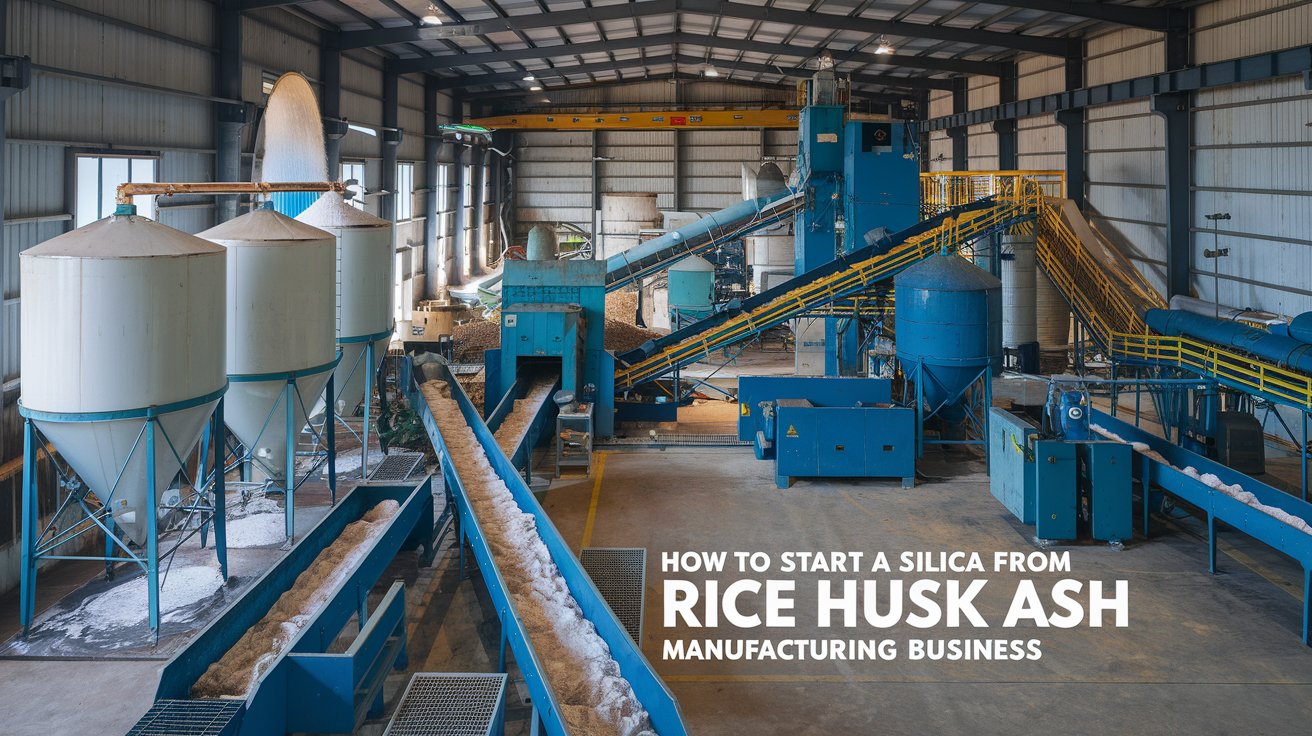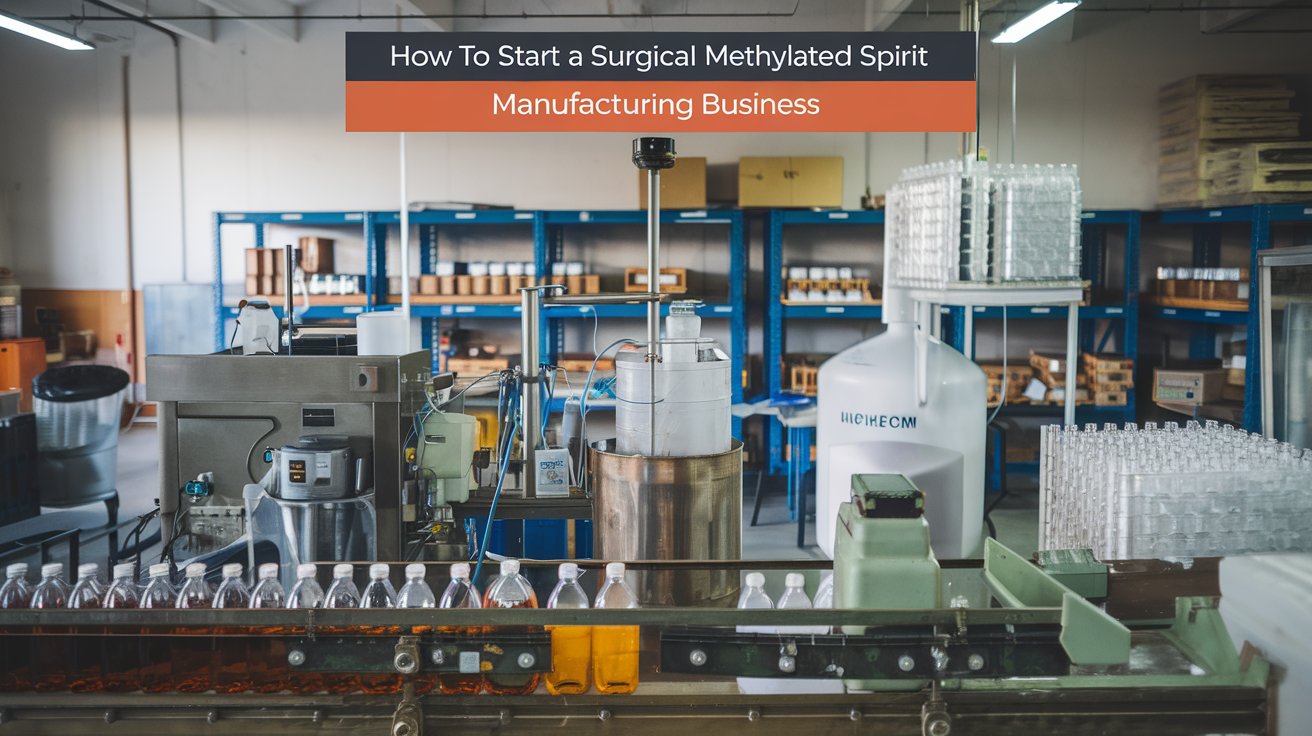An organophosphate pesticide called phosphomidon is frequently used in agriculture to manage a variety of pests in crops like vegetables, cotton, and rice. Because of its effectiveness in controlling pests, it offers agrochemical industry entrepreneurs a lucrative commercial opportunity. The goal of this book is to walk you through the process of launching a Phosphamidon manufacturing business, from comprehending the product and its market potential to outlining the production method and offering advice on how to succeed.
What is Phosphamidon?
Phosphamidon is a systemic pesticide that kills bugs by interfering with their neurological systems. Aphids, jassids, and leafhoppers are among the sucking pests that it works especially well against. The chemical, which is frequently seen in liquid and granular forms, is created when hydrocyanic acid reacts with 2-chloroethyl diethyl phosphate.
Why Start a Phosphamidon Manufacturing Business?
There are a number of reasons why investing in the phosphamidon industry might be profitable.
- Strong Demand in Agriculture: Phosphamidon is used extensively by farmers to control pests in a variety of crops, which guarantees a consistent supply all year round.
- Agricultural Importance: Since agriculture is a significant global economic sector, there is a constant demand for efficient pest management techniques, which makes phosphamidon an indispensable agrochemical.
- Market Growth: As a result of increased agricultural activity and rising demand for efficient pesticides like phosphoramidon, the agrochemical sector is growing.
- Possibilities for Export: Phosphamidon has a sizable foreign market, which presents an opportunity for business growth abroad.
Benefits of Starting a Phosphamidon Manufacturing Business
- Consistent Demand: Phosphamidon is in high demand due to its dependence on agriculture and the necessity of efficient pest management.
- Scalability: The company can begin operations on a modest scale, with the potential to grow in response to market demand.
- High Profit Margins: Phosphamidon and other agrochemicals frequently have high profit margins, which makes the business financially beneficial.
- Versatile Applications: A wide range of crops can be treated with phosphamidon, which guarantees a large consumer base and range of application.
Top Applications of Phosphamidon
Phosphamidon’s main uses are as follows:
- Crops protection: Protecting crops against sucking pests is a common usage for it, including cotton, paddy, fruits, and vegetables.
- Ornamental Plants: Another application of phosphamidon is to keep pests away from ornamental plants.
- Public health: It is occasionally applied to pest control initiatives in public health initiatives.
Production Methods
Phosphamidon is made using a number of technological steps, including:
- Purchasing of Raw Materials: Hydrocyanic acid and 2-chloroethyl diethyl phosphate are two essential raw materials that must be purchased before production can begin.
- Chemical Reaction: In a regulated atmosphere, these raw components combine chemically to generate phosphamidon. Precise control over pressure and temperature is necessary for this process.
- Separation and Purification: To get rid of any leftovers and unreacted substances, the crude phosphamidon is subsequently purified.
- Formulation: Depending on what the market requires, the purified phosphamidon is made into granular or liquid formulations.
- Quality Control: Extensive quality checks are performed on the finished product to guarantee that it satisfies industry requirements and is safe for usage.
- Packaging and Storage: After that, the product is stored under particular circumstances and packaged in the proper containers to maintain its efficacy.
Essential Machinery for Phosphamidon Manufacturing
In order to ensure safe and effective production, specialist machinery is needed while setting up a phosphate midon manufacturing plant:
- Reactors: These are utilized in raw material chemical reactions. Temperature and pressure control systems should be installed in the reactors, and they should be constructed of materials resistant to corrosion.
- Distillation Units: These are employed in the purification and separation of Phosummidon.
- Equipment for formulating: Devices used to combine ingredients and shape the finished product into various shapes, such as liquids and granules.
- Packaging machines: There are automatic devices that pack the finished goods into different kinds and sizes of containers.
- Storage Tanks: Specifically made tanks used to hold finished goods and raw materials in a controlled environment.
- Safety equipment: It comprises emergency showers, fire suppression systems, ventilation systems, and personal protective equipment (PPE) for handling chemicals that could be harmful.
Starting Your Phosphamidon Manufacturing Business
The following are the necessary actions to start a Phosphamidon manufacturing company:
1. Perform Market Analysis
It is essential to comprehend the market. Determine prospective clients, including farmers, agrochemical businesses, and agricultural distributors. Examine rivals, consumer demand, and price tactics.
2. Create a Plan of Action for Your Business
Make a thorough business plan that details your operating plans, financial projections, marketing tactics, and production targets. A well-written plan can direct the expansion of your company and help you draw in investors.
3. Verify Adherence to Regulations
Since phosphamidon is a dangerous chemical, there are stringent laws governing its manufacture and distribution. Obtain the licenses and permits required by safety and environmental agencies. Make sure that all legal criteria for handling, producing, and shipping hazardous chemicals are met.
4. Create a Manufacturing Infrastructure
Establish a manufacturing facility with the tools and security measures required. Make sure your building has enough ventilation, fire suppression systems, and safety gear to manage the risks of producing phosphamidon.
5. Purchasing Raw Materials
Establish a dependable supply chain for necessary raw ingredients such as hydrocyanic acid and 2-chloroethyl diethyl phosphate. Sign long-term agreements with suppliers to guarantee a consistent supply and prevent delays in production.
6. Put Quality Assurance Into Practice
Uphold superior standards all the way through the production process. Adopt stringent quality control procedures to make sure your product satisfies industry requirements. These procedures should include raw material inspection, process monitoring, and final product testing.
7. Sales and Marketing Plan
Create a strong marketing plan with a focus on agrochemical firms, farmer cooperatives, and agricultural distributors. Make use of direct sales, trade exhibits, and digital marketing to promote your product.
8. Devote Yourself to Research and Development
Make research and development investments to stay one step ahead of the competition. To adapt to changing market demands, innovate and enhance your product, streamline production procedures, and investigate novel formulas
Conclusion
A potential opportunity exists in the agrochemical sector to start a Phosphamidon manufacturing company because of the growing need for efficient pest control methods in agriculture. You may build a profitable firm by doing the proper procedures, which include conducting market research, making sure that regulations are followed, and concentrating on high-quality production. In this field, sustained innovation and respect to safety regulations are essential for long-term success. With the appropriate methodology, your Phosphamidon manufacturing enterprise can prosper and make a substantial influence in the agrochemical sector.
Note: If you have any questions related to opening any manufacturing business , contact us Niir.org
Read related blogs: Npcs blog



